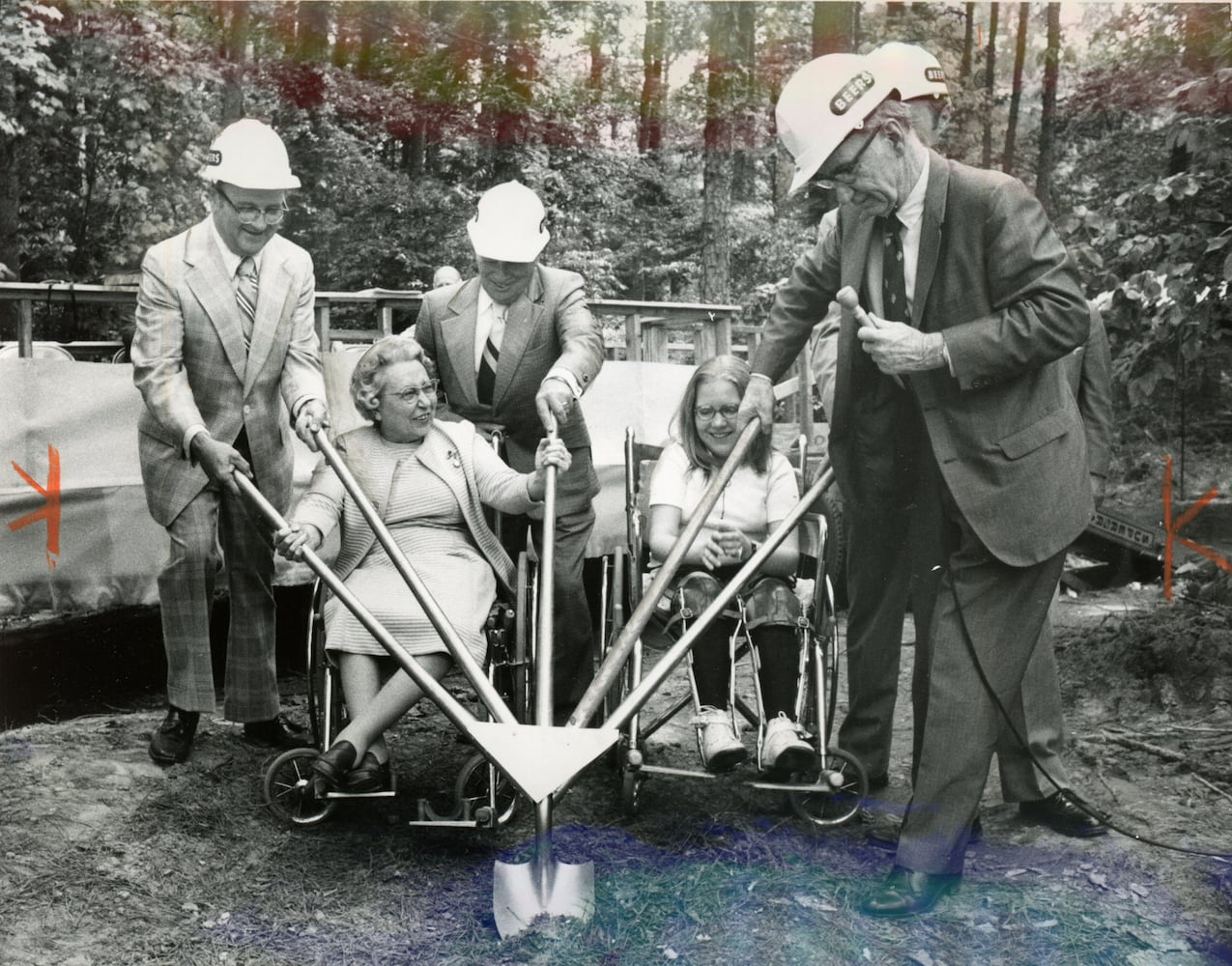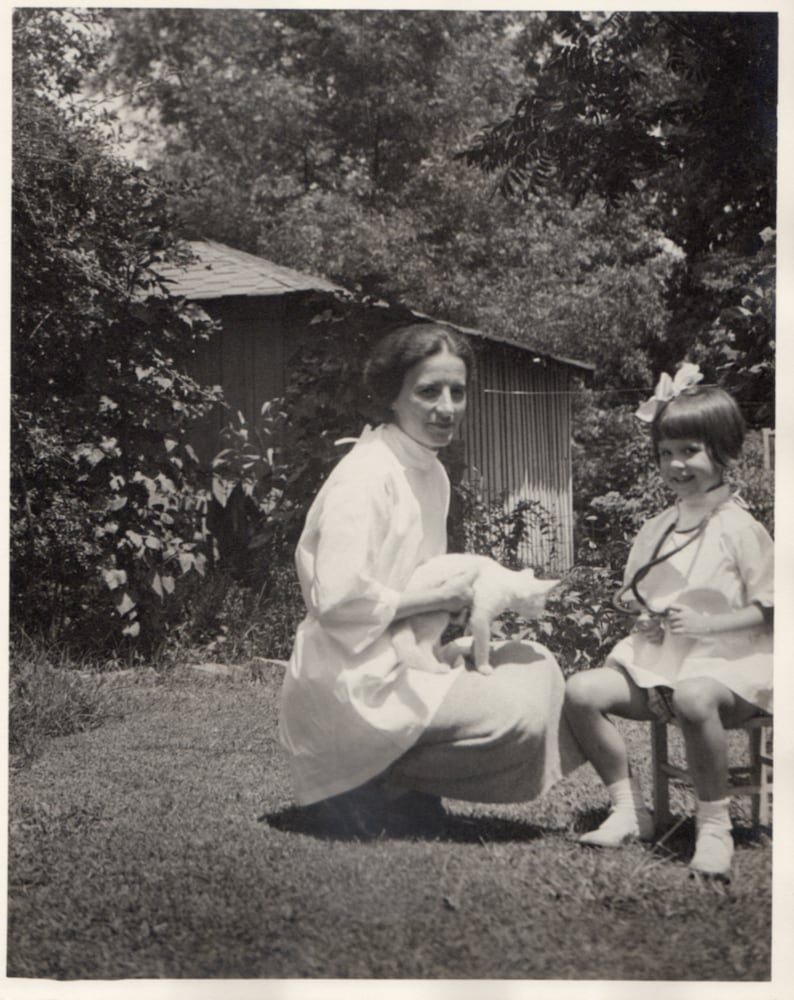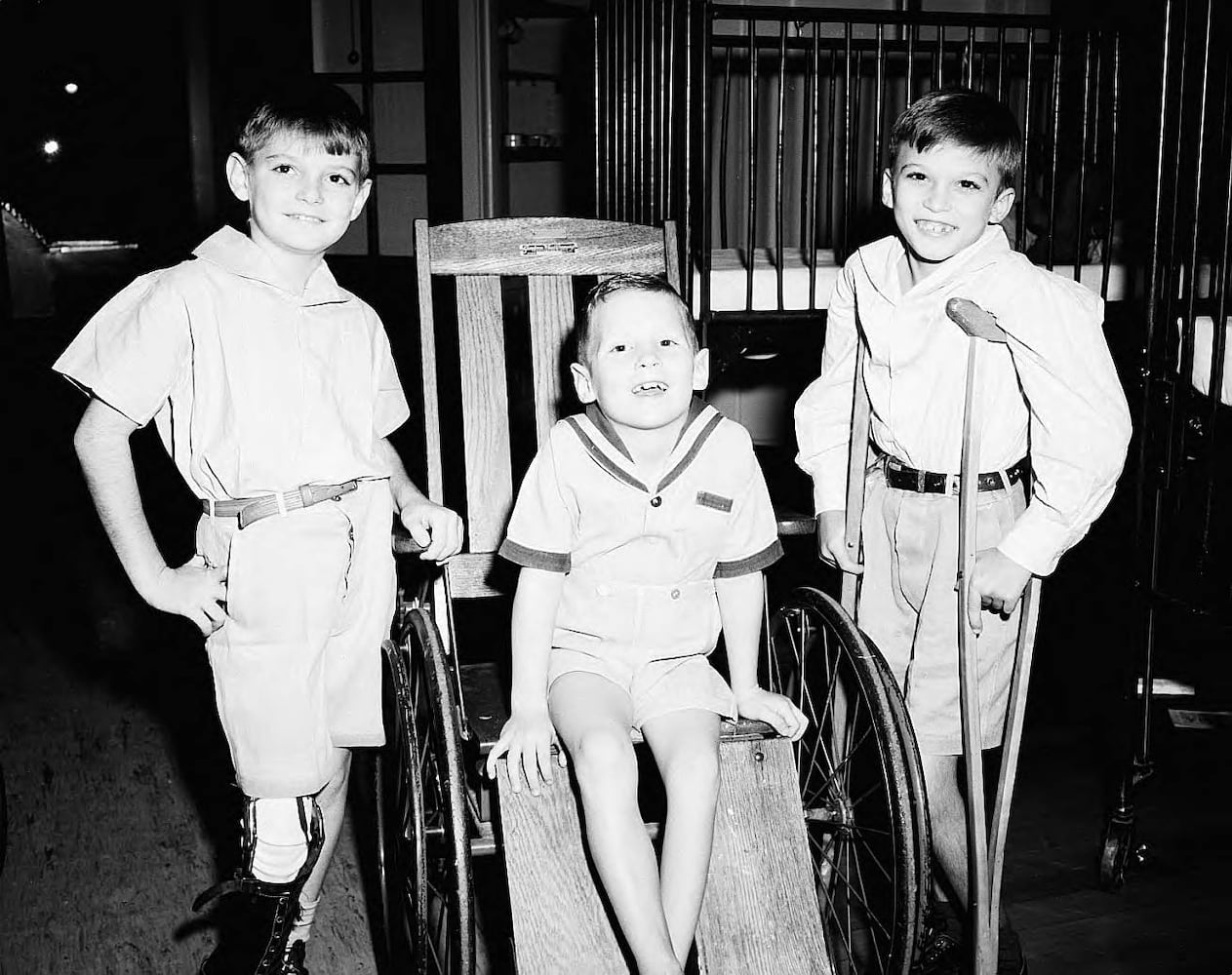DID YOU KNOW?
On Aug. 6, 1960, Dr. Albert Sabin published his findings on the effects of administering live oral polio vaccine, which is different from Dr. Jonas Salk's "killed" vaccine. Sabin's live vaccine breaks the chain of transmission for the polio virus.
The original AJC Deja News article on Atlanta’s reaction to the 1955 Salk vaccine follows below.
Today's AJC Deja News comes to you from the Tuesday, April 19, 1955, edition of The Atlanta Constitution.
POLIO SHOTS GIVEN 12,000 IN AREA
In the first four months of 2019, reported measles cases in the U.S. have skyrocketed. The 555 cases confirmed as of April 11 mark the second-highest outbreak of the disease since 2000, according to the Atlanta-based Centers for Disease Control.
"Pockets of unvaccinated people in U.S. communities contribute to the spread of measles," the AJC's Fiza Pirani writes. "Health officials say this is why it's critical to vaccinate against measles, the leading cause of vaccine-preventable deaths in the world."
Credit: AJC PRINT ARCHIVES
Credit: AJC PRINT ARCHIVES
Atlanta parents certainly got the pro-vaccination message loud and clear in April 1955, but they weren’t facing a measles epidemic. They swamped Georgia health clinic phone lines trying to learn as much as possible about the new vaccine developed by Dr. Jonas Salk, a young medical researcher, offering the best chance to date towards eradicating one of the 20th century’s most terrifying public health problems: polio.
MORE DEJA NEWS
>> Check out what we've covered before (and again)
“Thousands of parental requests for Salk polio vaccine poured into Georgia health offices as the state geared for a mass inoculation of first and second graders,” the Constitution reported on April 14.
Four days later, 12,000 metro Atlanta school children given the vaccine got a first-hand lesson in how communities use inoculation to stave off mass illnesses. These (mostly) brave little pioneers faced one of a child’s worst terrors -- the dreaded syringe -- in hopes of enjoying a polio-free future.
Monday, April 18, 1955, was the big day for Fulton and DeKalb first and second graders. Sleeves were pulled up, arms bared, reassurances offered and teeth gritted as the youngsters received the groundbreaking vaccine. All went quickly and smoothly, considering the number of children getting shots.
“Vaccination clinics in Fulton County were ahead of schedule and most of the shots had been given by noon,” Katherine Barnwell wrote in her April 19 story. “About 8,000 Fulton youngsters received their shots at the 44 first-day clinics.” DeKalb, too, enjoyed a successful, efficient first day of vaccination, with 4,000 taking part countywide. Another 4,500 children were slated to get their shots before the week ended.
Credit: AJC PRINT ARCHIVES
Credit: AJC PRINT ARCHIVES
MORE ON VACCINATIONS
>> Best weapon against rising measles cases? Caution.
>> More measles cases reported in first months of 2019 than all of 2018
>> Northside Hospital urges public to get vaccinated amid measles outbreaks
>> VIDEO: 4 things to know about back-to-school vaccinations in Georgia
In recent years, childhood diseases once rarely seen since the rapid development of vaccines in the 1950s and '60s, have spiked, with health officials pointing to reduced immunizations as a likely cause. Hence the surge recently in measles cases.
While 1950s parents were ready to put their faith in what science had to offer, inoculation against polio wasn’t an easy sell; a number of parents worried about its effects and sought more information before okaying shots for their children. The Constitution did its part to educate Atlantans on the Salk vaccine the day prior to the mass school inoculations, running a special Sunday Q&A on what parents could expect. With facts in hand, many Atlanta area parents once skeptical of the Salk vaccine opted to have their kids vaccinated.
By April 1967, polio rated merely a small article in the Constitution. Headlined ‘Polio Marches Out,” its three paragraphs neatly summed up how effective vaccination had proved against the disease:
“The success of the fight against polio is mirrored in the admission figures at the Warm Springs Foundation. Last fiscal year there were 166 polio cases at the hospital Franklin Delano Roosevelt made famous -- but not a new single one.
“In 1950, before the days of the Salk vaccine, there were 949 polio patients at the west Georgia hospital. After Dr. Jonas Salk’s discovery was put into wide use, the number of polio cases dropped from the 38,727-a-year average of the early 1950s to 72 in 1965.
“Good riddance.”
ABOUT DEJA NEWS
In this highly irregular series, we scour the AJC archives for the most interesting news from days gone by, show you the original front page and update the story.
If you have a story you'd like researched and featured in AJC Deja News, send an email with as much information as you know. Email: malbright@ajc.com. Use the subject line "AJC Deja News."
>> MORE AJC HISTORY HERE: AJCreprints.com| Photo reprints | Content archives | Flashback Photos
About the Author
Keep Reading
The Latest
Featured






























